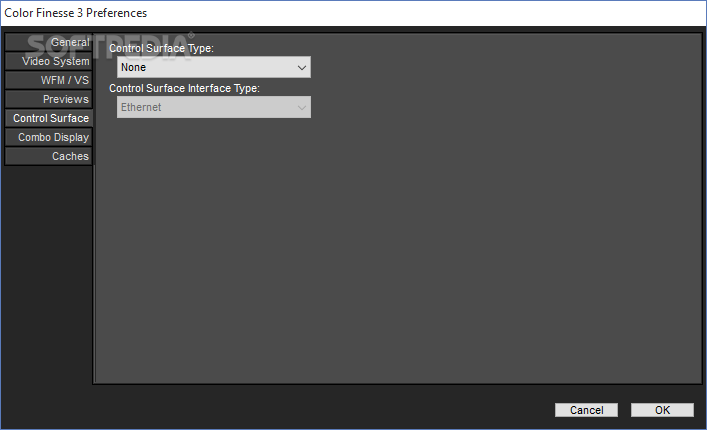

The intuition behind this work is based on Roy's union intersection theorem, which essentially says that one can express the multivariate test of sensor data as a set of univariate tests, over all possible linear combinations of sensors (i.e., putative sources). One notable exception is the proposal to use a sensor level multivariate threshold to control source level mass-univariate false positive rates ( Carbonell et al., 2004). To date such thresholds have been usually derived through permutation tests ( Pantazis et al., 2003, 2005 Singh et al., 2003 Soto et al., 2009). Here, we propose a simple heuristic to estimate the global threshold controlling the false positive rate of mass-multivariate tests in statistical parametric maps. Furthermore, this approach finesses the multiple comparisons problem inherent in multiple univariate tests e.g., tests for responses in different frequency bands ( Singh et al., 2003). Mass-multivariate testing in MEG offers many exciting possibilities, allowing one to capture the high dimensional aspect of electromagnetic responses, like subtle stimulus-dependent changes in spectral responses ( Duncan et al., 2010 Swettenham et al., 2009). amplitude or power), one can exploit the high temporal resolution of M/EEG to apply a multivariate test over a number time bins (or frequencies): In other words, treat the source activity as a multivariate response over time (or frequencies). Instead of testing for a univariate response at each source location (e.g. Recent work ( Soto et al., 2009) has pursued the use of mass-multivariate tests to describe experimental effects across MEG source space.

The question of whether to treat EEG or MEG responses at a particular point in (sensor or source) space as a multivariate response or a univariate response over an extra (e.g., time or frequency) dimension of the statistical search space has a long history (see ( Kiebel and Friston, 2004) for discussion). Here, we consider the problem of controlling false positive rates in mass-univariate and mass-multivariate statistical parametric maps (SPMs). Such signals are difficult to capture as a univariate response, as this necessitates the selection of a single feature of interest (for example the average power decrease in a particular frequency band over a pre-specified time window). We demonstrate that the mass-multivariate framework is not restricted to tests on a single contrast of effects (cf, Roy's maximum root) but also accommodates multivariate effects (cf, Wilk's lambda).Įlectromagnetic (M/EEG) signals are information rich a simple task will elicit not only a poly-phasic evoked response but a complex pattern of time-evolving event-related spectral power changes ( Pfurtscheller and Lopes da Silva, 1999). We also show that the same approximations hold when dealing with a cortical manifold (rather than a volume) and for mass-multivariate minimum norm solutions. Using a multivariate beamformer formulation, we validate this heuristic against empirical permutation thresholds for mass-univariate and mass-multivariate tests (of induced and evoked responses) for a variety of source spaces, using simulated and real data. For a given source space, the sensor indices corresponding to the maxima and minima (for each dipolar lead field) are listed, and the number of unique extrema is given by the number of unique pairs in this list. We then consider a Bonferroni correction for source level tests based on the number of unique lead-field extrema. We show that mass-univariate thresholds based on sensor level multivariate thresholds (approximated using Roy's union–intersection principle) are unduly conservative. Synthetic Aperture Color Finesse Pl v3.0.We address the problem of controlling false positive rates in mass-multivariate tests for electromagnetic responses in compact regions of source space.
Synthetic aperture color finesse pl pro#
Synthetic aperture color finesse pl update#
Semua sudah di test dan berjalan baik di aplikasi, update terbaru dikemas dalam 2 DVD. Kumpulan koleksi Plugin Untuk Premiere Pro CS6, termasuk dengan crack/patch nya.


 0 kommentar(er)
0 kommentar(er)
